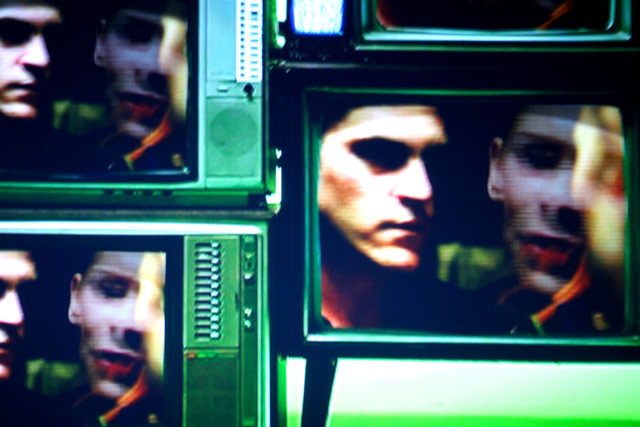Analog TV in Countdown to Oblivion

The old TV with the "rabbit ear" antennae that brought us Howdy Doody and the original Star Trek episodes has a date with the Grim Reaper. After Feb. 19, 2009, it will only display static.
That’s because old TVs relied on analog technology, and the U.S. Government has mandated that analog TV broadcasting will cease after that date.
The Federal Communications Commission has a Web banner counting down analog broadcasting's final days, hours, minutes and seconds at http://www.dtv.gov. After it hits zero, all 1,800 TV stations in the U.S. are supposed to broadcast only in digital mode, which offers higher resolution while consuming less of the radio frequency spectrum.
White space rush
Instead of waves of nostalgia for crudely produced TV entertainment, the anticipated event has triggered a sort of gold rush—one that’s apparently not quite rushing yet.
Basically, the government plans to auction off the unused old analog TV spectrum for other purposes. Once the spectrum is divided up, buffer spaces of unused frequencies will be left between the newly re-assigned bands, to prevent interference.
User devices, especially laptops, should be able to use that buffering “white space” to get online wirelessly at high speed in a manner similar to Wi-Fi, as long as the devices ensure they are not interfering with other devices before they start broadcasting, said Peter Jarich, research director at Current Analysis, a market research firm in Washington, D.C.
Get the world’s most fascinating discoveries delivered straight to your inbox.
“It will be a business decision rather than a technical question, as to what speed and range the end users can expect,” from white space devices, Jarich told LiveScience. A lot will depend on what power levels the FCC allows devices to use, he added, noting that the first prototypes appeared to be repurposed 802.11g units, indicating they have a short range and a transmission speed of 55 megabits.
But the question is largely moot since the first “white space” devices submitted to the FCC for approval were flunked, because they could not prevent interference. More attempts are expected, of course.
Last rites
But the fate of white space won’t stop the approach of Feb. 19, 2009, and the demise of our old friend, analog TV. However, the switchover impacts only reception of over-the-air broadcasts. If you get service through a cable network of a satellite TV system, your service provider will handle things.
If your analog antenna is your only lifeline, then your old friend can still feed your video habit as long as you acquire a digital-to-analog converter box.
Prior to Transition Day, the Department of Commerce's National Telecommunications and Information Administration (NTIA) is supposed to launch a Digital-to-Analog Converter Box Coupon Program, supplying every American household, on request, with up to two coupons good for $40 toward the purchase of a converter box.
- Demystifying the World of HDTV
- Channel 1: TV's Humble Start 65 Years Ago
- Top 10 U.S. Wireless Cities


